10 Oct Maps to change the world
By Nik Baerten
Via our partner in Belgium, Pantopicon (www.pantopicon.be)
Our friend and Berlin-Based-Belgian-Blogger Regine over at wemakemoneynotart recently hosted a panel on Cartography of Protest and Social Changes at Conflux 2008. «The panel was an attempt to demonstrate that maps have the potential to bring about social changes.» Check out her blogpost for some fascinating examples of «mapping for social change».
Although maps are often portrayed as an objective spatial basis on which to ‘map’ data, they are always about perspective and the change of it: which country is in the center, where does most projection-distortion occur, which colours are used, …
As tools of communication, they can easily become tools of manipulation, allowing one to lie with maps as easily as with statistics. Yet, put in a positive sense they can convey and enhance complex messages in a powerful visual way and shift people’s perspective on even abstract developments through spatial contextualization.
As such, Buckminster Fuller’s Dymaxion Map is a famous example of a map, specifically devised to minimize distortion caused by projection. In its modular form it is a powerful tool to shift perspectives on the world and assess developments from a variety of angles.
Related to maps as tools for thought or insight, there are of course also the cartograms. We blogged about them before as a powerful means to visualize information otherwise obscured by statistics or illegible, unattractive text. Some of you might have played around with Show/World as well, an online tool which allows you to create your own cartogram-like maps (within a limited range of dataparameters).



Sorry, the comment form is closed at this time.